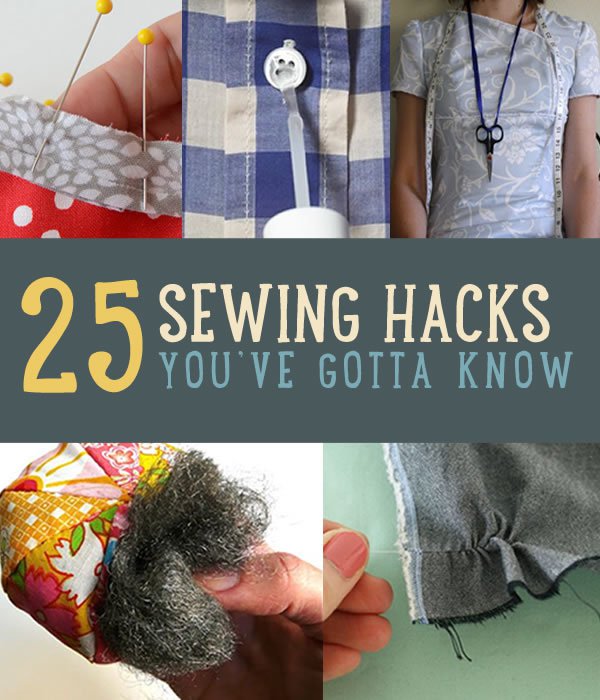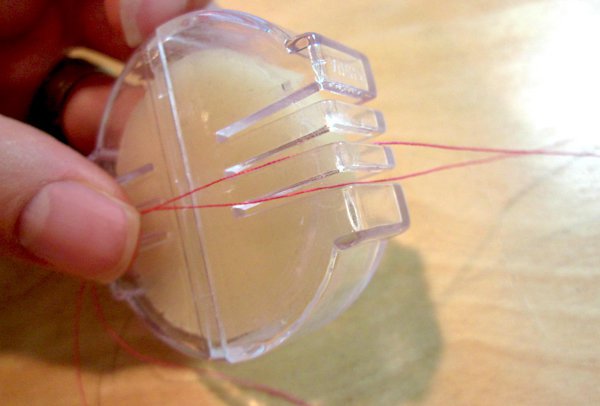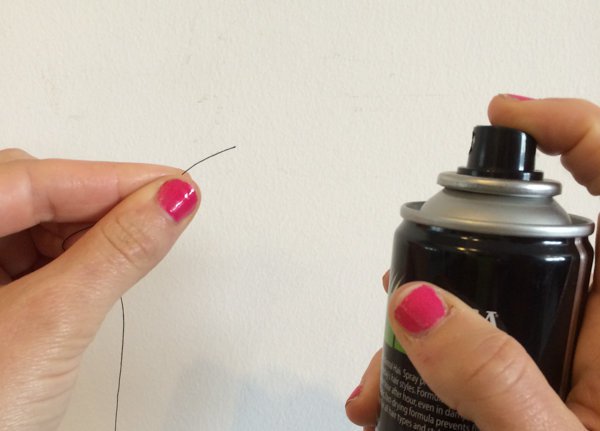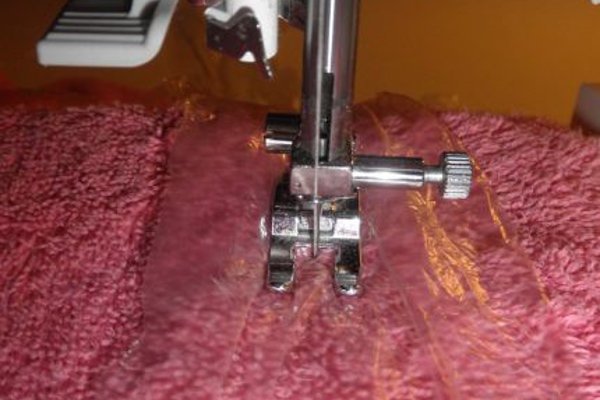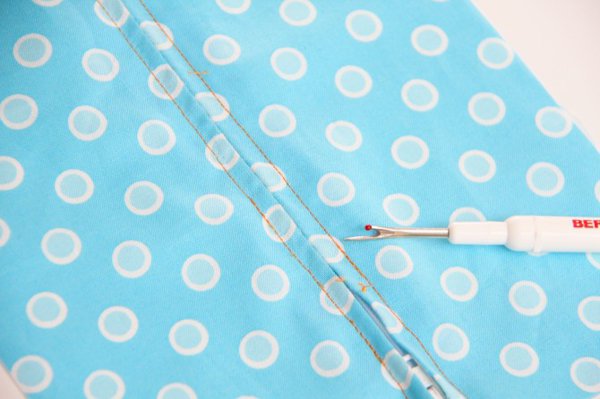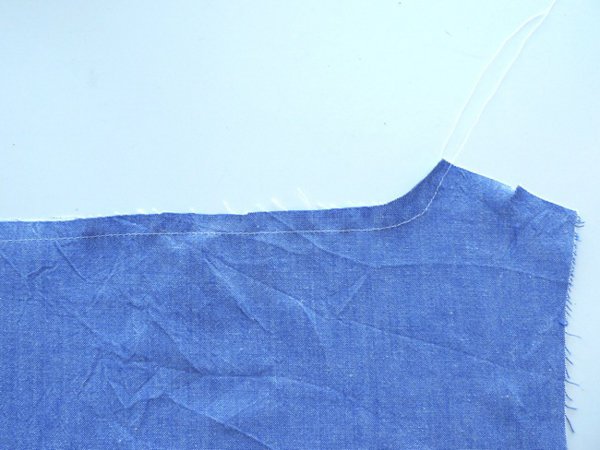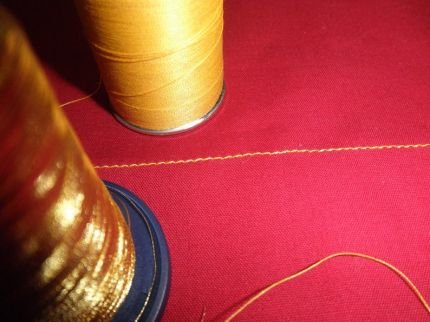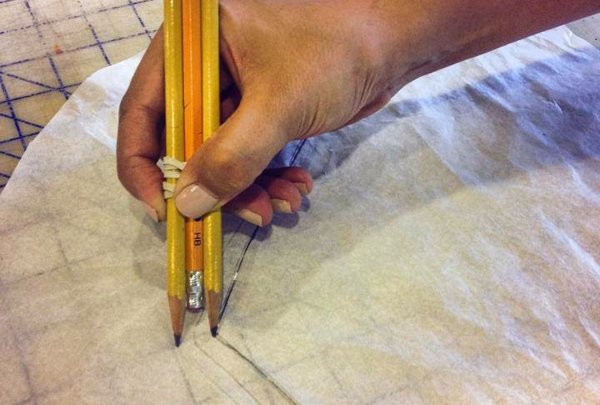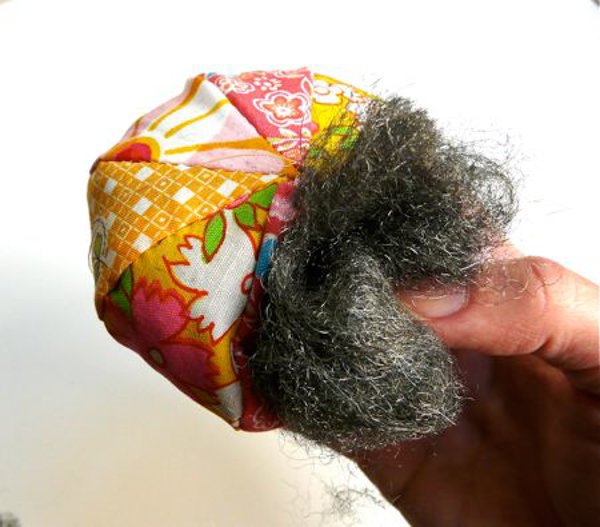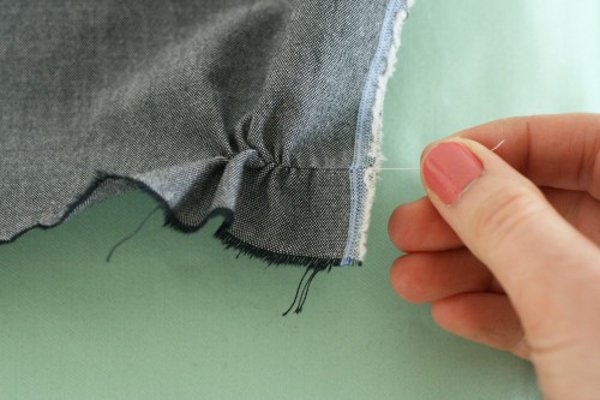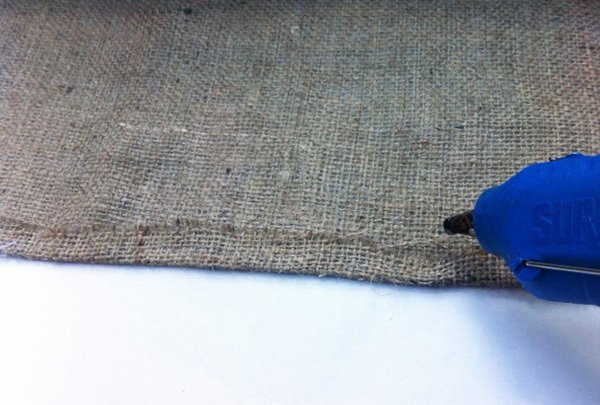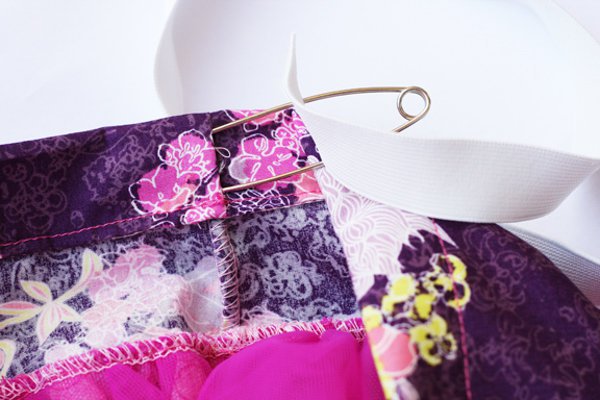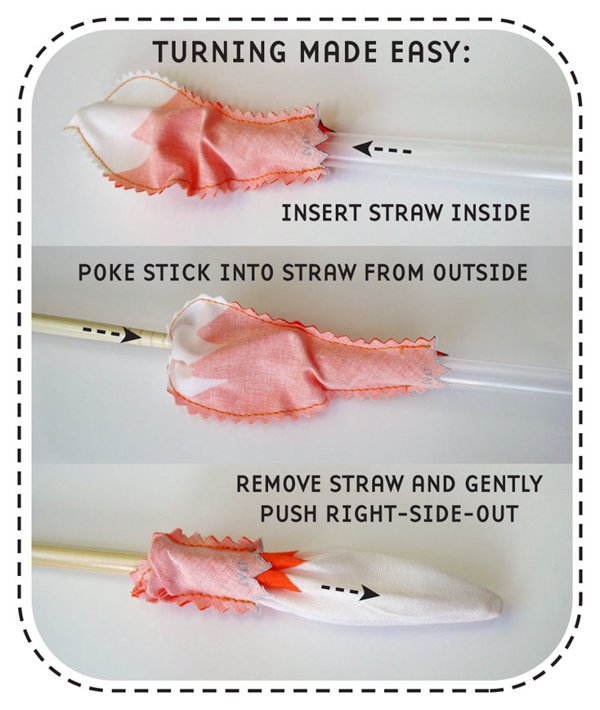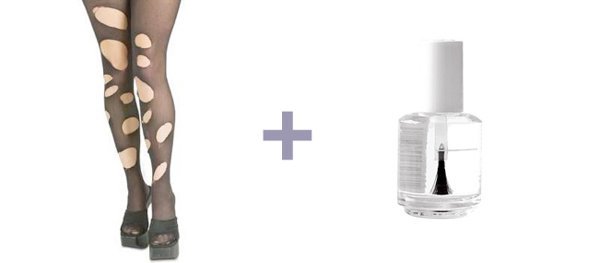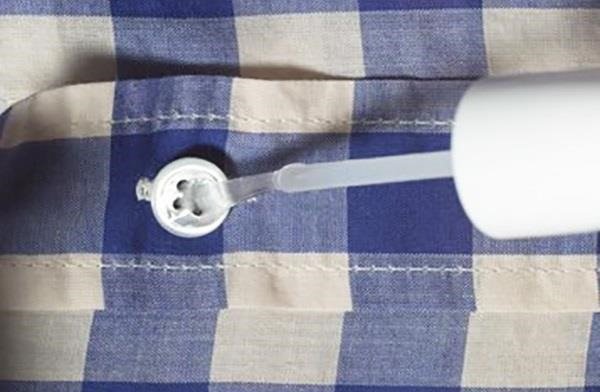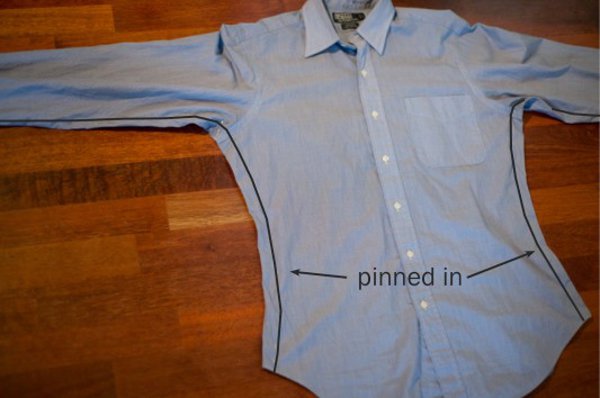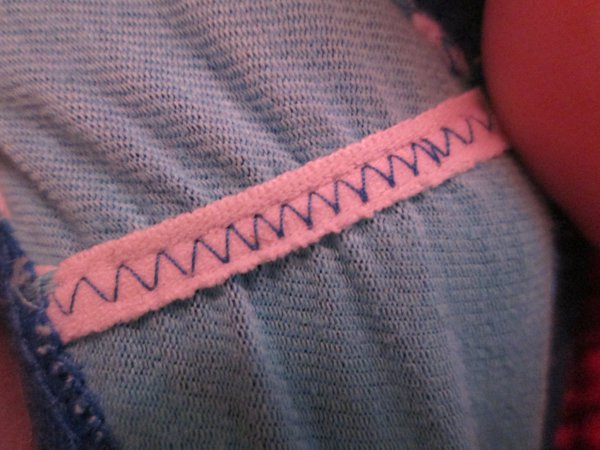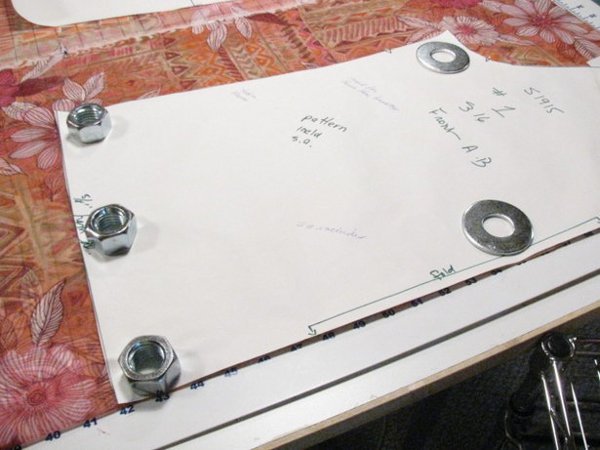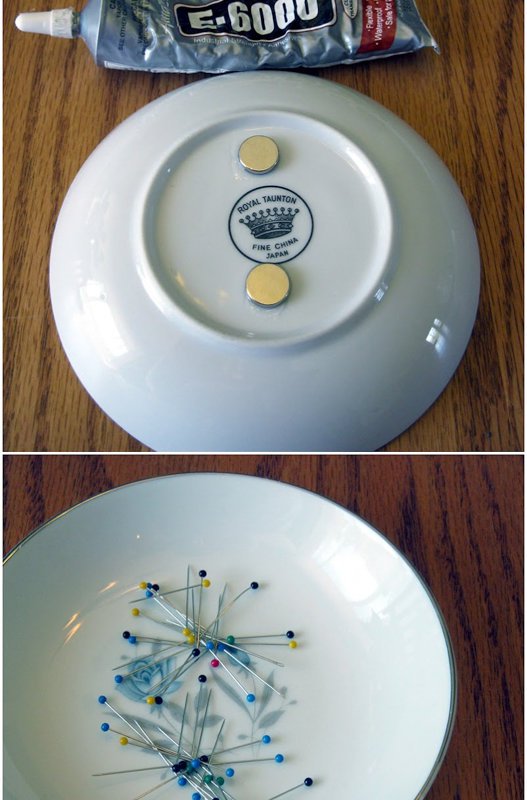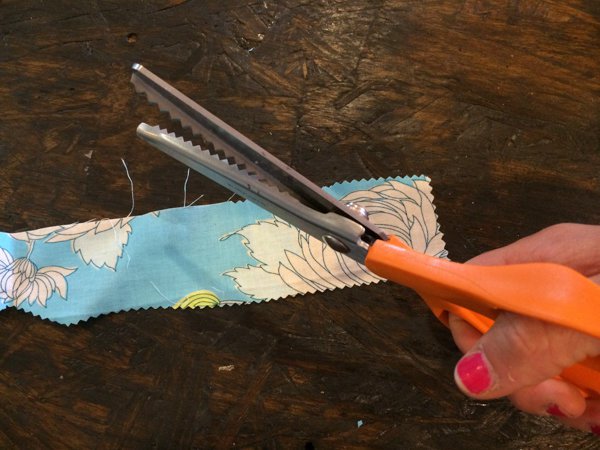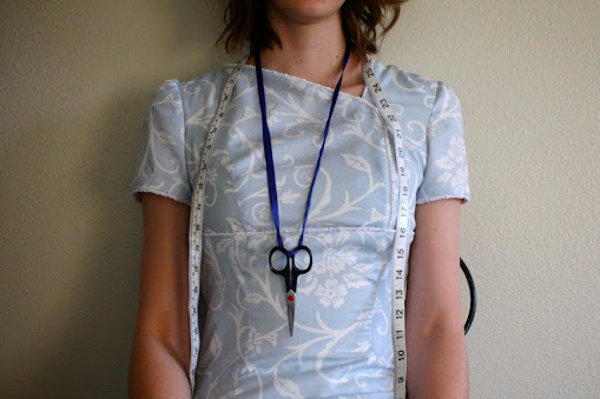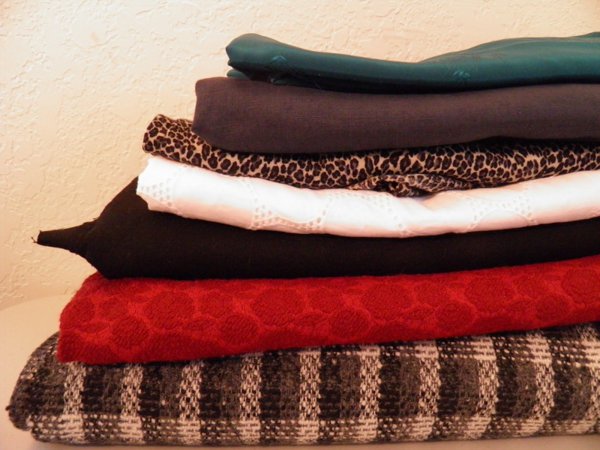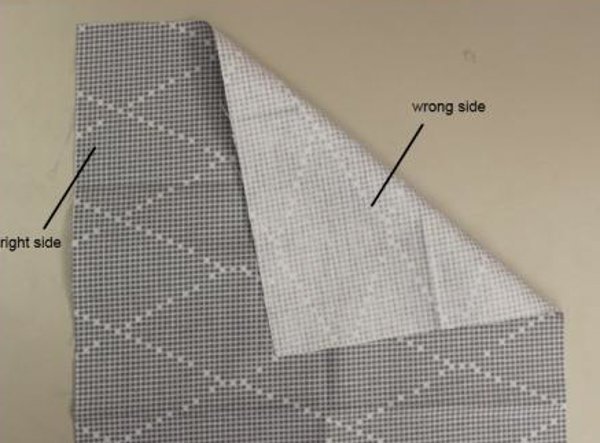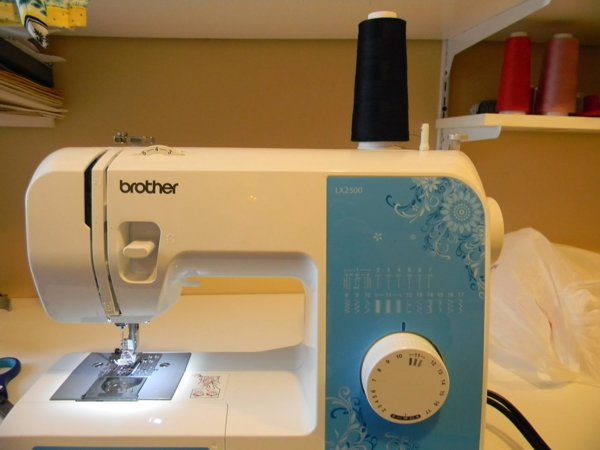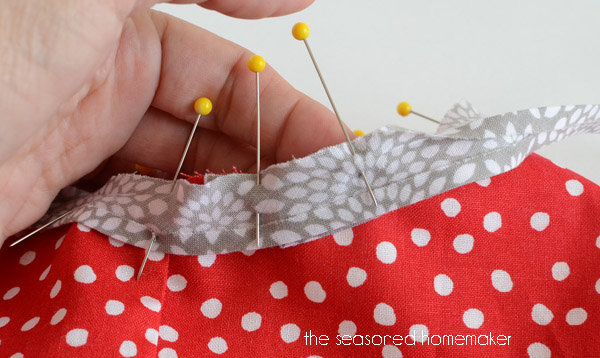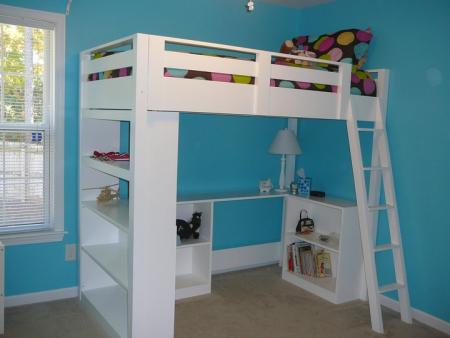


Supplies: 2 split metal rings, 2 large dog leashes (on clearance
at Joann right now), thread, scissors, vintage ribbon, 1 1/2" cotton webbing, sewing machine
Step 1: Decide how long you want your strap to be and cut the ribbon
that length. Cut the cotton webbing about 6" longer than the ribbon.
Step 2: Fold the edge of the ribbon over about 1/4" inch.
Step 3: Place the ribbon on top of the cotton webbing about 2" from the end.
Step 4: With your machine, stitch down the side of the ribbon. Make sure
you have a needle strong enough to go through all the layers. I got a
needle that works for leather just in case.
Step 5: Insert your dog leash at the end of the cotton webbing and stitch across the end.
Step 6: Stitch many times over. I even stitched across into the end to really make sure.
Step 7: Repeat at the other side. The cotton webbing will overlap on the back about 2-3".
Step 8: The dog leashes were too large to enter through the space of my
camera holder attachments so I added in the metal split rings.
DONE!



Easy, right? And seriously, I'm stoked for my new camera strap. I'm even more stoked that I found a good use for my beautiful ribbon.





